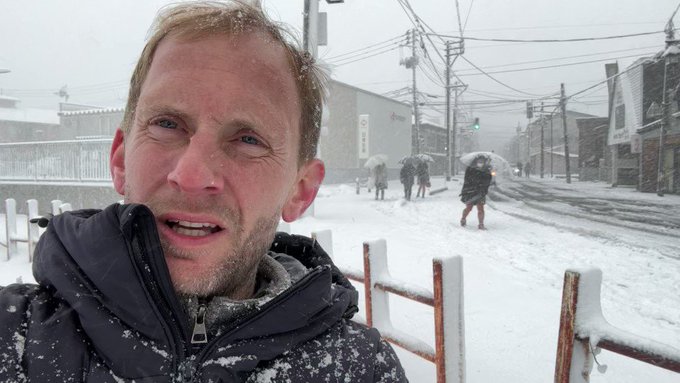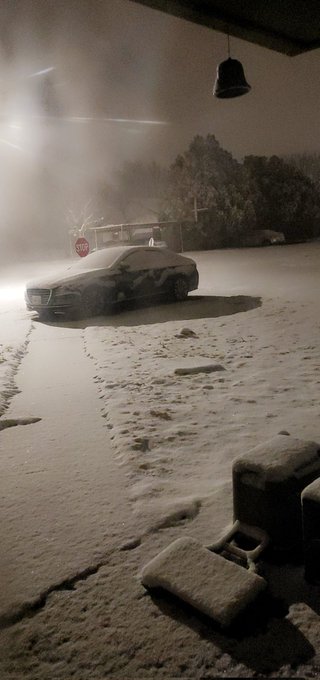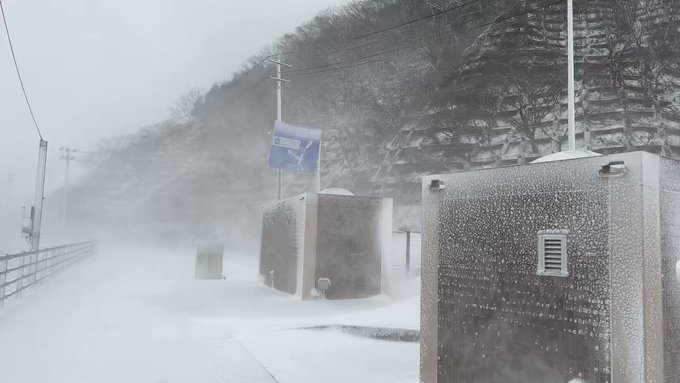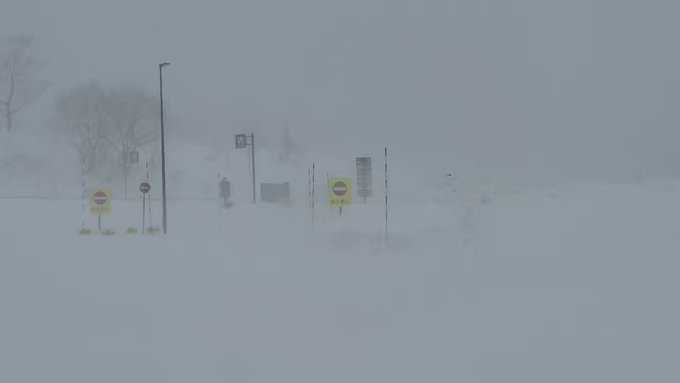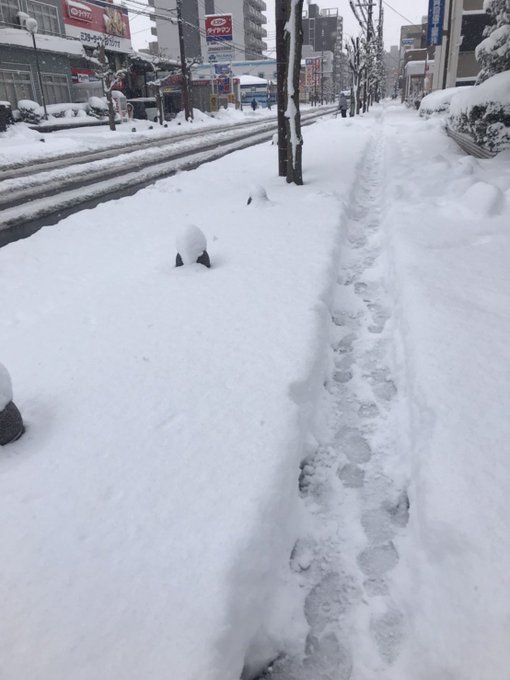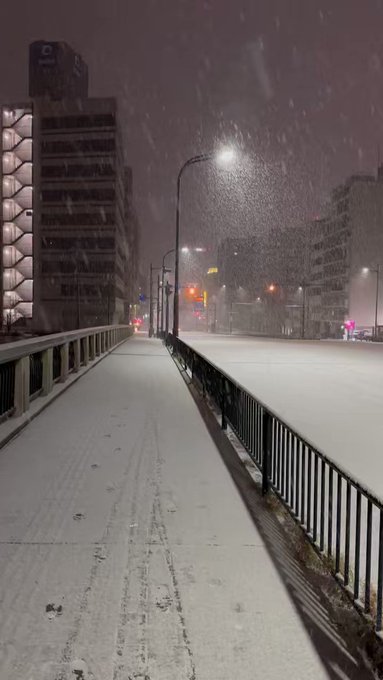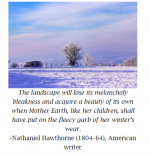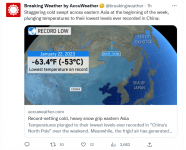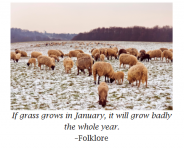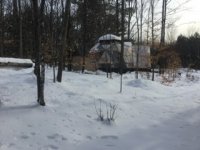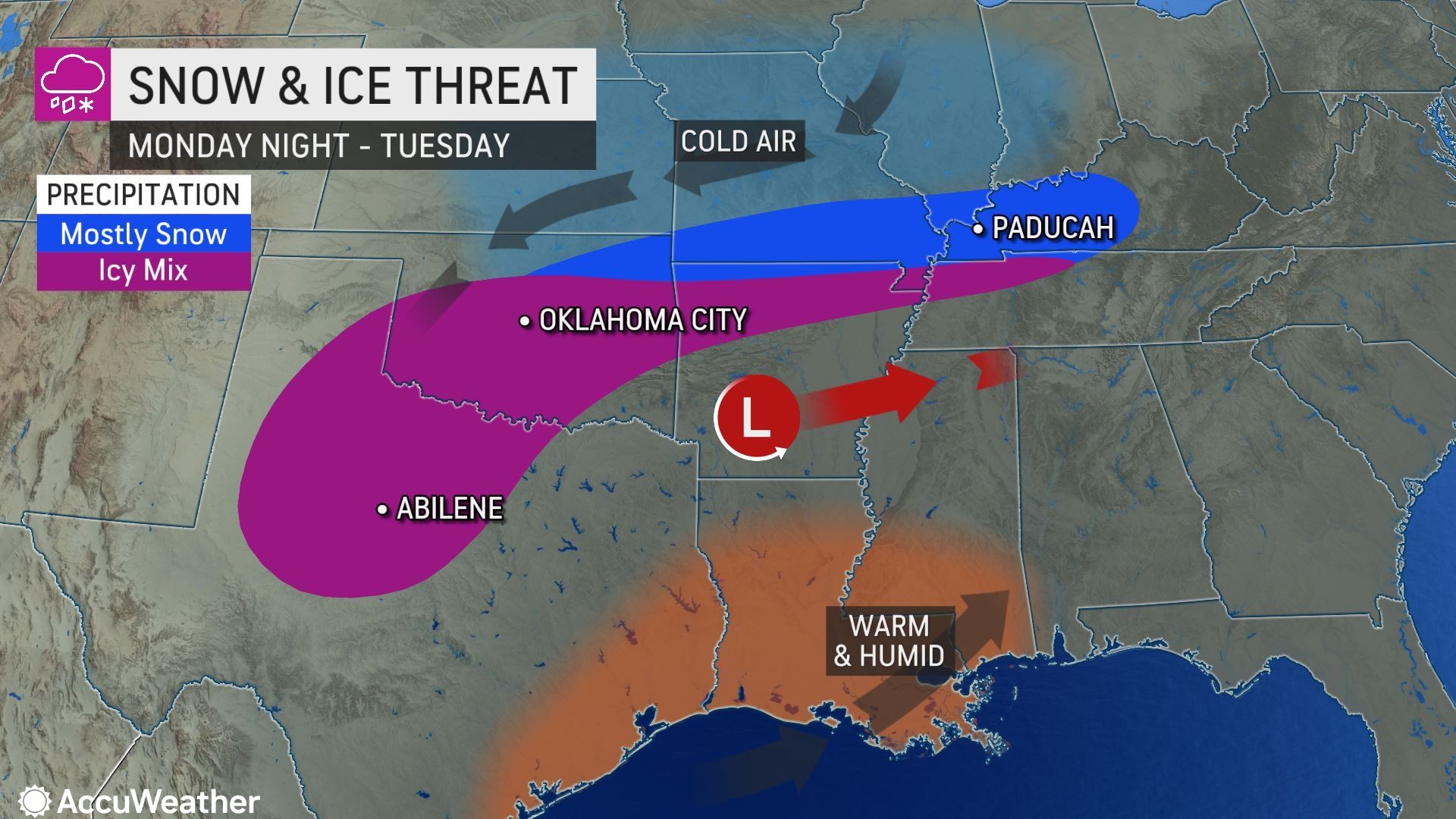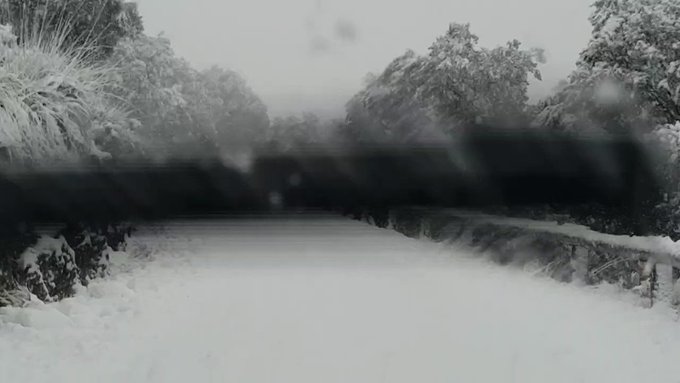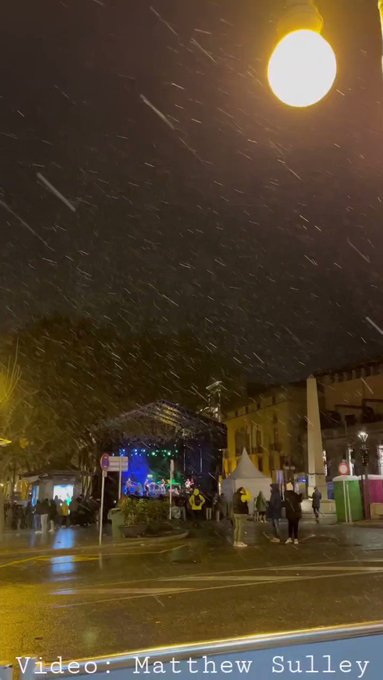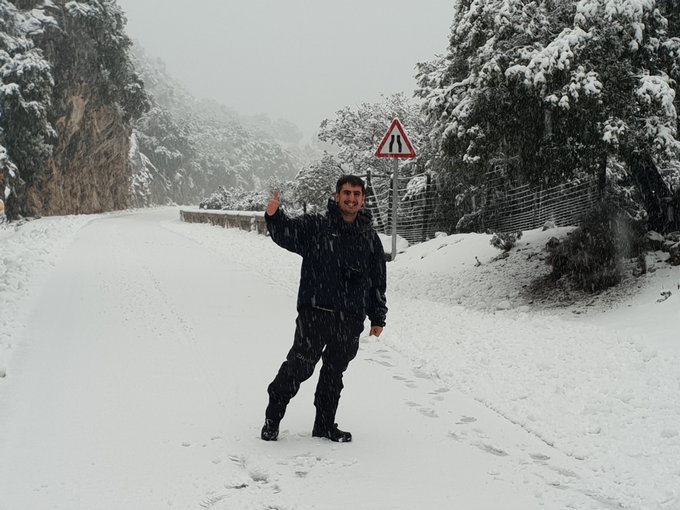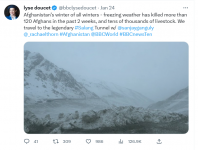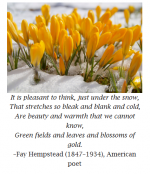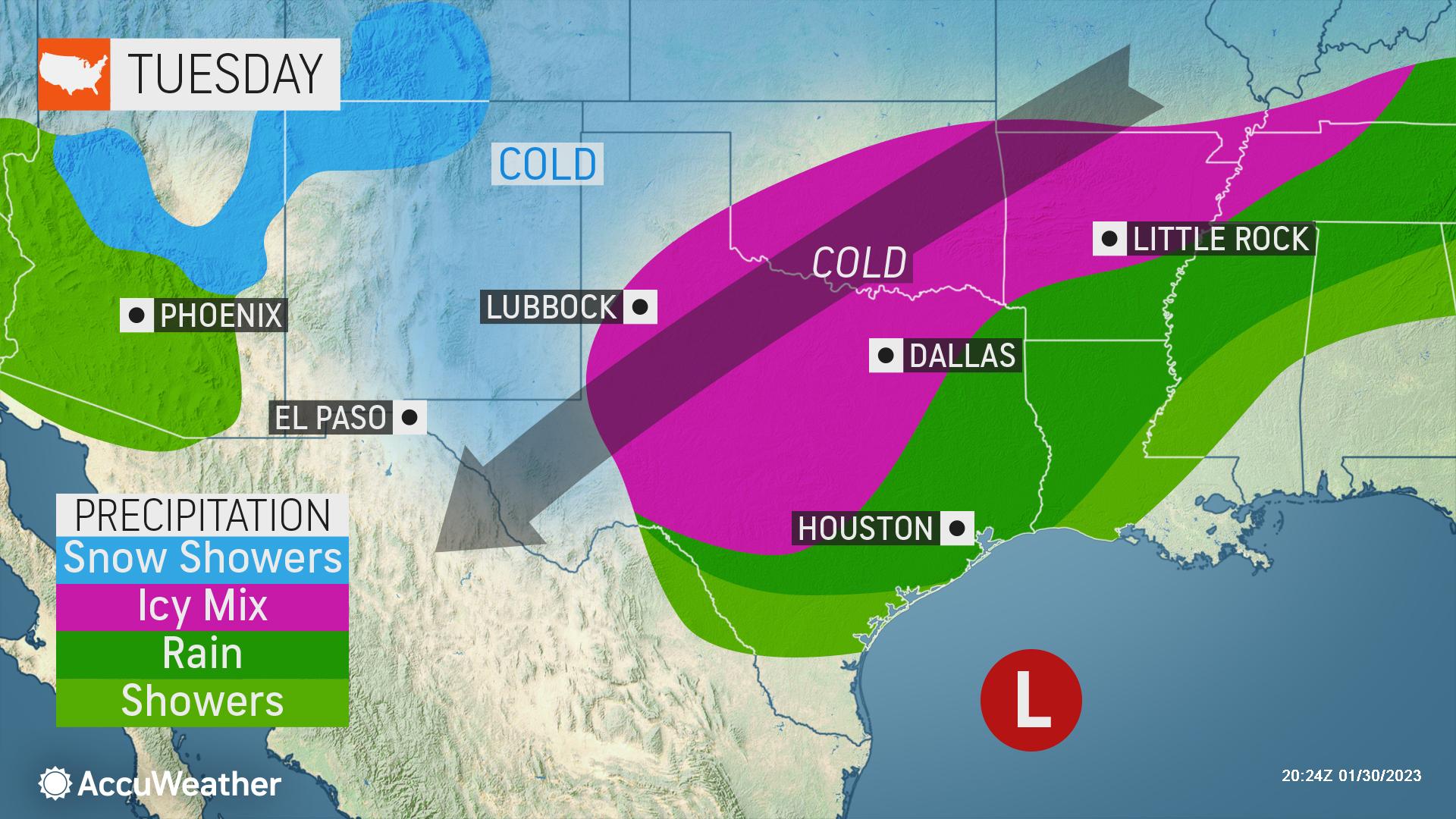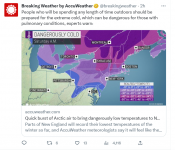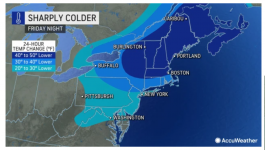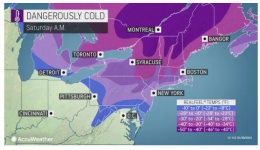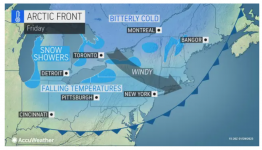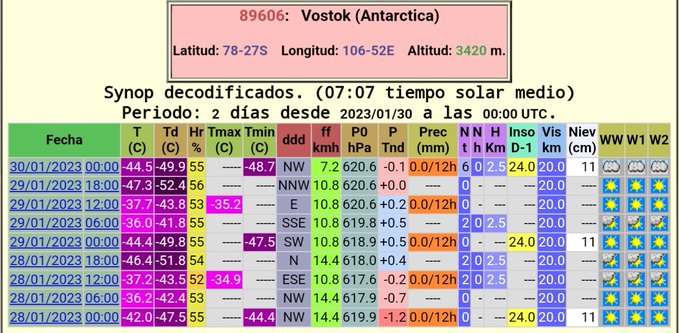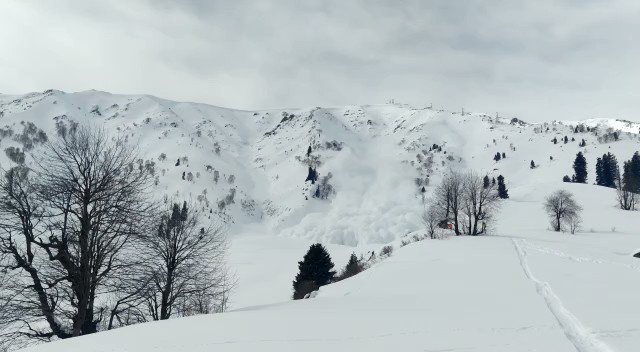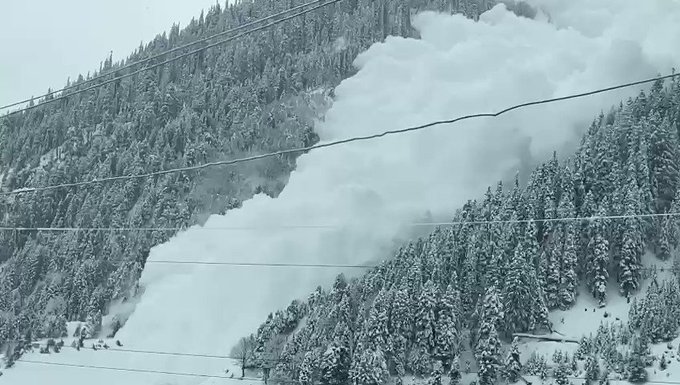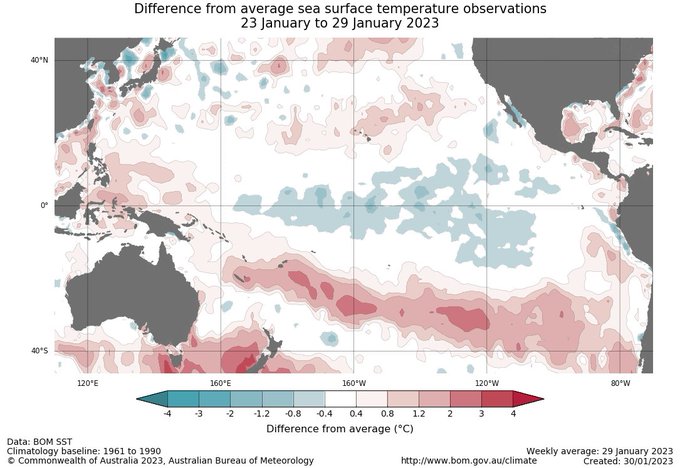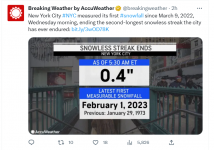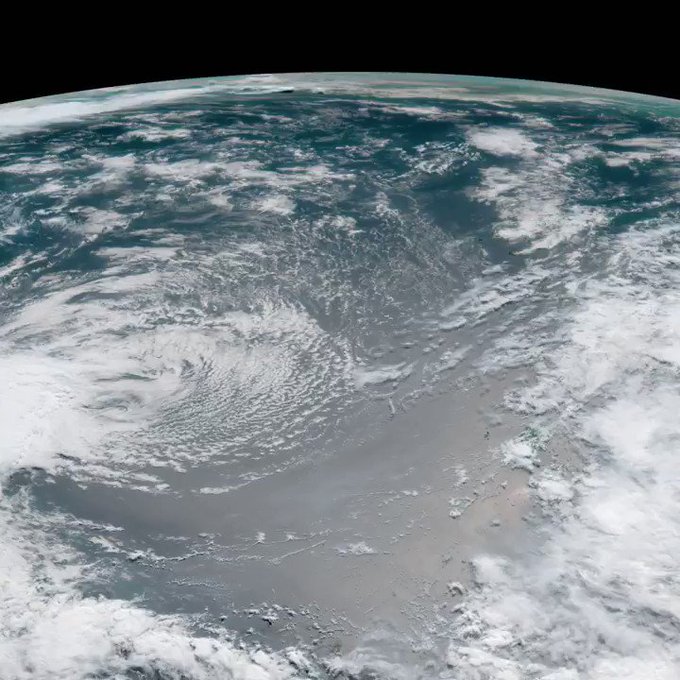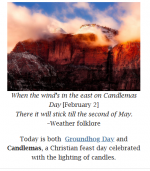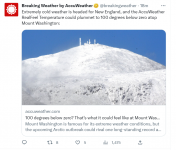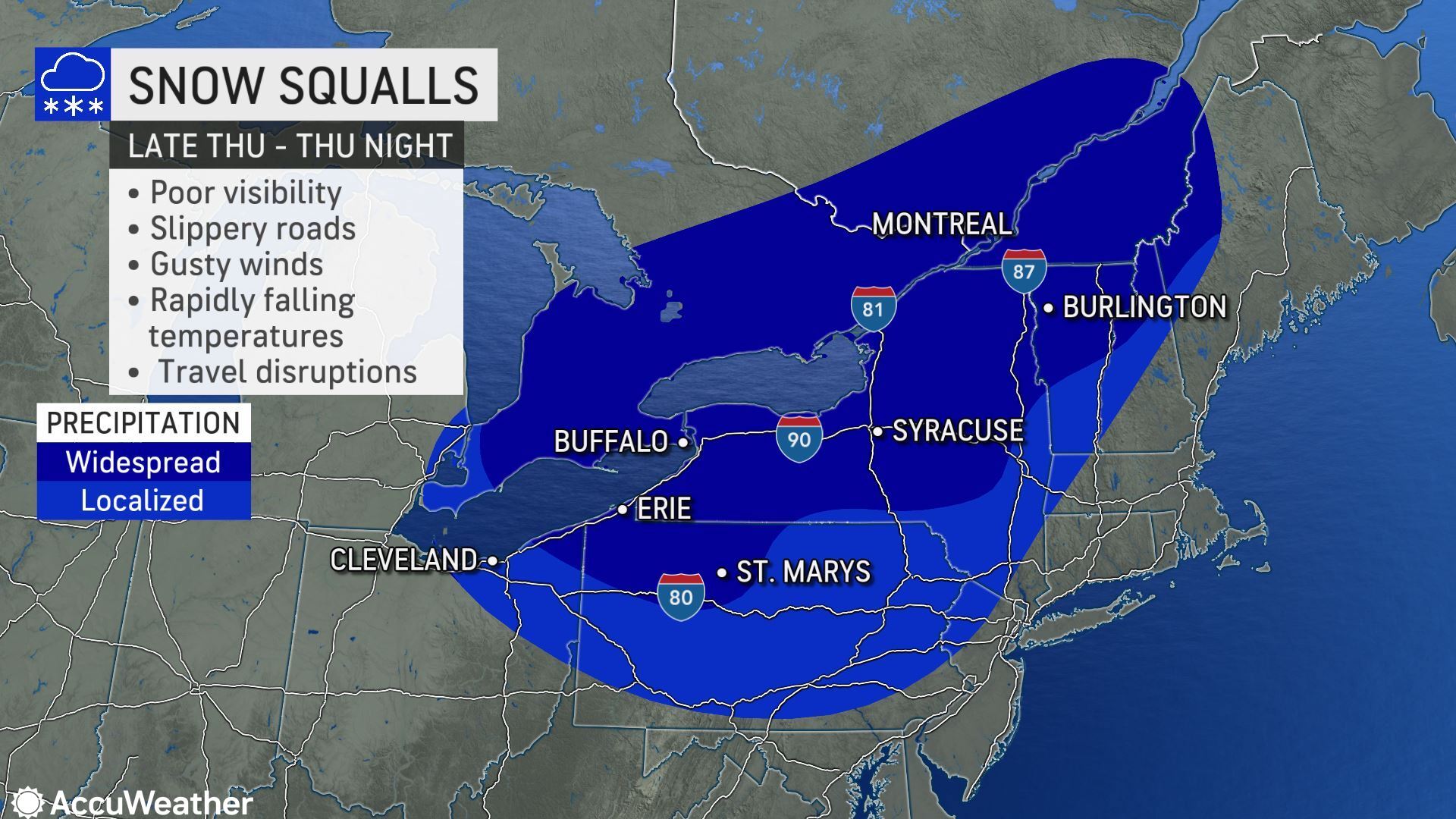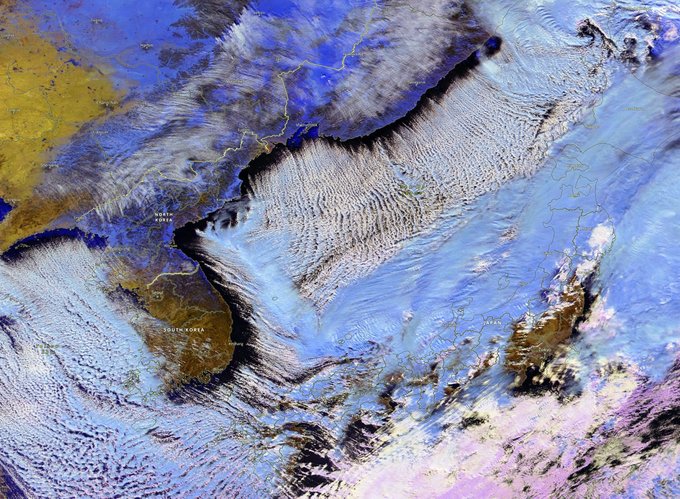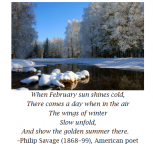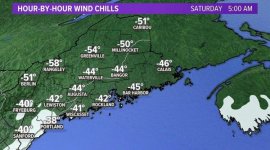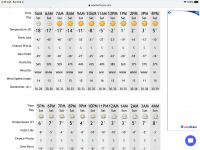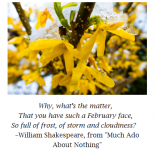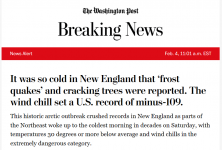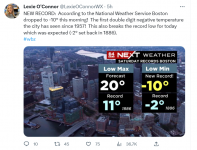Electroverse
Articles Extreme Weather
Algeria Sees Rare Snowfall; 157 Afghans Now Confirmed To Have Frozen-To-Death In “Coldest Winter On Record”; Benchmarks Busted In U.S.; + *All-Time* Records Continue To Fall Across Japan
January 26, 2023 Cap Allon
Algeria Sees Rare Snowfall
Algeria has witnessed rare snowfall this week as Europe’s Arctic front plunges as far south as Northern Africa.
The sand dunes across the south-west of the country have been blanketed white, with Beni Ounif, for example, seeing its first heavy snowfall since 2012.
Northern parts have endured heavy snow for days, which has led to blocked roads, isolating towns and villages, and delays at airports.
 Chettouh Moatez Billah شتوح معتز باللّٰه
Chettouh Moatez Billah شتوح معتز باللّٰه
@MoatezCH7
سفينة الصحراء وقد اضاع الثلج بوصلتها في منطقة بني ونيف - بشار في صحراء الجزائر The snow in the Algerian desert #Algeria #snow #desert #camel
https://t.co/d3mumEqqDb
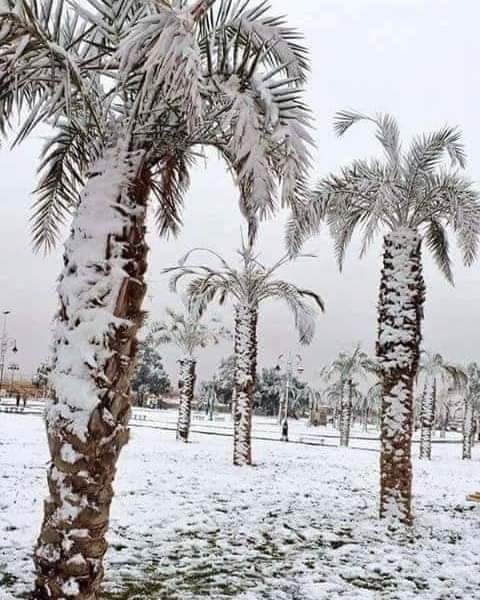 4:19 AM · Jan 25, 2023
Looking ahead, Algeria’s Meteorological Office issued alerts for snowfall in Bechar, with flakes also expected to continue for the remainder of the week across the likes of Ghardaia–located 700 km south of Algiers.
157 Afghans Now Confirmed To Have Frozen-To-Death In “Coldest Winter On Record”
4:19 AM · Jan 25, 2023
Looking ahead, Algeria’s Meteorological Office issued alerts for snowfall in Bechar, with flakes also expected to continue for the remainder of the week across the likes of Ghardaia–located 700 km south of Algiers.
157 Afghans Now Confirmed To Have Frozen-To-Death In “Coldest Winter On Record”
Afghanistan is facing lows of -34C (-29.2F) and disruptions to the power grid, food supply.
At least 157 people, likely many more, have now frozen-to-death across the South Asian nation, a Taliban official confirmed, as millions face bitter, record-breaking temperatures amid failing electricity infrastructure.
Lows of -34C are far below the nationwide winter average, which stands at between 0C and 5C (32F and 41F).
The United Nations is busy sticking its oar in and drumming-up more funding–I mean ‘helping’, claiming on Twitter to have delivered aid such as blankets, heating and shelter to some 565,700 people: “But much more is needed amid one of the coldest spells in years,” the agency added.
At least 70,000 livestock have also perished across the country, Shafiullah Rahimi, a spokesman for the Taliban’s Ministry of Disaster Management confirmed. While heavy snow has blocked many roads across mainly central and northern provinces.
 Ariana News
Ariana News
@ArianaNews_
افغانستان من: تصاویر برفی از شهر میمنه ولایت فاریاب فرستنده: قدیر قادری #ArianaNews #Afghanistan #Faryab #Mimana #Winter #Snow
https://t.co/clQ8fcQICA
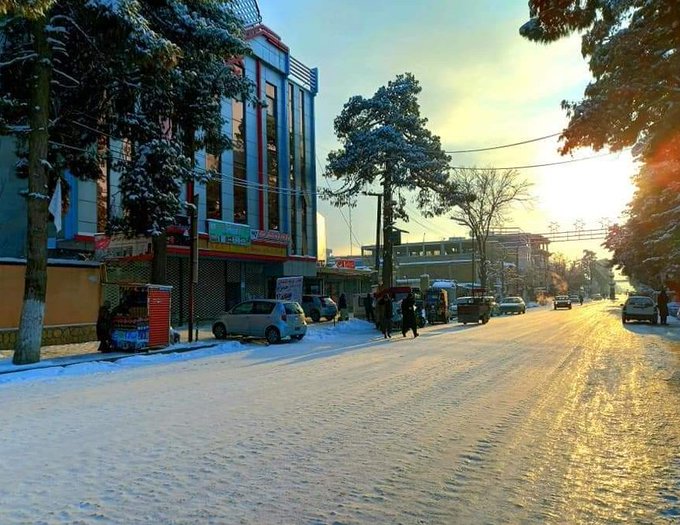 2:19 AM · Jan 26, 2023
Benchmarks Busted In U.S.
Snowfall from Texas to Maine is expected to surpass 8 inches on Thursday, according to NWS, while northern New England and surrounding areas may see over a foot, likely leading to dangerous travelling conditions.
2:19 AM · Jan 26, 2023
Benchmarks Busted In U.S.
Snowfall from Texas to Maine is expected to surpass 8 inches on Thursday, according to NWS, while northern New England and surrounding areas may see over a foot, likely leading to dangerous travelling conditions.
Records have already been felled:
Dayton, Ohio, for example, has busted a 108-year-old record for snowfall after 5 inches accumulated Wednesday, besting the 4.9 inches from 1915 (The Centennial Minimum).
The Twin Lakes Area also posted record snow, with the nine inches that settled at Mountain Home tripling the previous record for the date set back 1978 (solar minimum of cycle 21).
There was also record setting snow overnight in portions of southeast Missouri, including here at Regional Radio where the 8 inches of snow as of early Wednesday morning smashed the old benchmark of a half inch set back in 1956.
And lastly, but by no means exhaustively, the Texas Panhandle busted records, with the 2.8 inches at Amarillo, for example, breaking a record in books dating back to 1892.

Looking ahead, further snow is on the horizon for the U.S., and indeed Canada, in line with the arrival of a full-blown Arctic Outbreak:

GFS 2m Temperature Anomalies (C) Jan 28 – Jan 31 [
tropicaltidbits.com].
*All-Time* Records Continue To Fall Across Japan
People are continuing to die in Japan as Asia’s unprecedented Arctic blast persists.
Japanese officials said another four people died on Wednesday and Thursday, all from clearing record-breaking volumes of snow amid what Chief Cabinet Secretary Hirokazu Matsuno has called a “once-in-a-decade cold snap.”
 Chaudhary Parvez
Chaudhary Parvez
@ChaudharyParvez
Northern #Japan experienced heavy #snowfall and rough seas on Thursday. Heavy #snow and record cold temperatures have brought widespread disruptions in Japan. #WinterStorm #snowfall #Winter #日本 #雪
https://t.co/6B3EFija9J
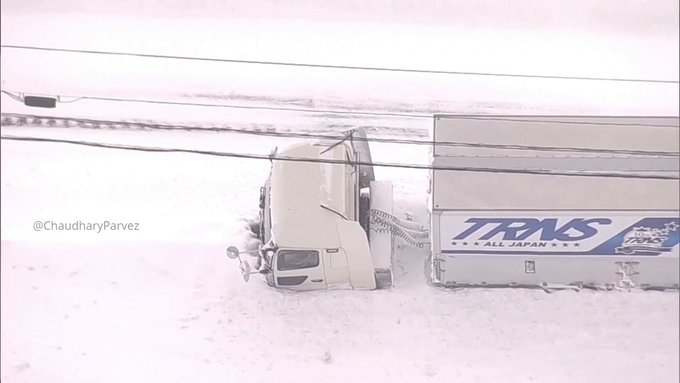 5:55 AM · Jan 26, 2023
However, ‘once-in-a-decade’ looks to be underplaying it, as all-time low temperature records are being felled across Japan this week, such as the -8.3C logged in Tobishima, the -11.6C at Matsumae, Ushibuka’s -3.4C, Kuroiso’s -13.3C, Otawara’s -16.4C, Shioya’s -13.5C, Numata’s -14.4C, Ueda’s -14.4C, Yokkaichi’s -8.2C, Higashiomi’s -12.3C, Nagi’s -16.8C, and Imaoka’s -14.2C.
5:55 AM · Jan 26, 2023
However, ‘once-in-a-decade’ looks to be underplaying it, as all-time low temperature records are being felled across Japan this week, such as the -8.3C logged in Tobishima, the -11.6C at Matsumae, Ushibuka’s -3.4C, Kuroiso’s -13.3C, Otawara’s -16.4C, Shioya’s -13.5C, Numata’s -14.4C, Ueda’s -14.4C, Yokkaichi’s -8.2C, Higashiomi’s -12.3C, Nagi’s -16.8C, and Imaoka’s -14.2C.
Additionally, many all-time ‘low-max’ temperatures have fallen during the days.
Note, these are temperatures never-before registered in these locales, often in books dating back to the early-1900s/late-1800s.

 Sayaka Mori
Sayaka Mori
@sayakasofiamori
All observation spots in the four main islands of Japan except for Tateyama had below freezing temps Wednesday morning. Tateyama is known for mild weather even in winter thanks to the Kuroshio current
https://t.co/CqHfPr6mAq
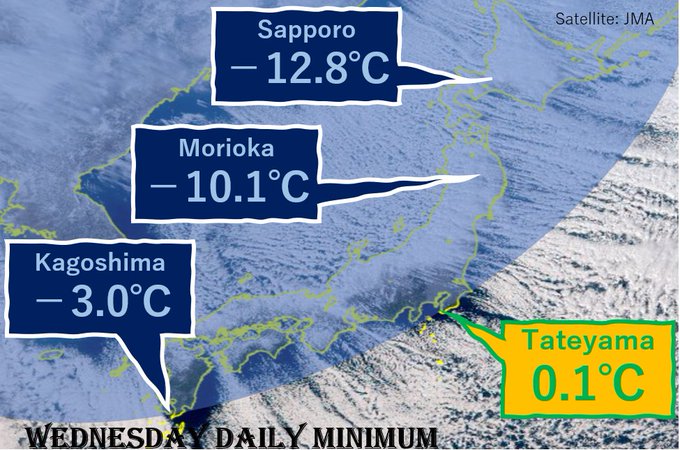 4:57 AM · Jan 25, 2023
Despite the claimed ravages of anthropocentric global warming, the majority of Japan has never been colder.
4:57 AM · Jan 25, 2023
Despite the claimed ravages of anthropocentric global warming, the majority of Japan has never been colder.
The same can be said for much of Asia, and all, with a new national record low falling in China this week (-53C), and with a myriad of long-standing benchmarks also slain across the Koreas, Siberia, the ‘stans as well as much of Western Asia.
Another freezing morning was posted in China on Thursday with historical records falling in Wuxi and Yancheng, for example.
A frigid -33.2C was also registered at Chunggang, North Korea and -25.2C at Taegwallyong, South Korea.
A cold morning was suffered in Tawain, as well, with -9.1C noted on the island’s higher elevations.
The polar air has even arrived as far south as the Philippines, too, with an unusually-low 13C suffered in Basco.
However, despite Asia’s persistent, record-slaying and continent-wide freeze (soon to be
three continents with Arctic Outbreaks also forecast for North America and Europe), dutiful agenda-peddlers
CNN are churning out the damage limitation stories, claiming, with a straight face, that what we’ve been seeing across Asia these past few months
is indeed global warming.
The MSM have even carted out a few paid-off (or at best clueless) ‘experts’ to explain-away Asia’s extreme freeze:
“We can consider
this extreme weather — extremely hot weather in summer and extremely cold weather in winter — as one of the signals of climate change,” said Korea Meteorological Administration spokesperson, Woo Jin-kyu.
While Yeh Sang-wook, a climate professor at Hanyang University in Seoul, takes the absurdities even further, claiming that record Arctic melting last year (false, ice held up well) is the reason Asia is so cold right now: “When sea ice is melted, the sea opens up, sending up more vapor into air, leading to more snow in the north”.
Right… but we’re not talking about ‘snow in the north’, Sang-wook, we’re talking about unprecedented ‘cold in the south’.
“There is no other [explanation],” added Sang-wook, who, in the
CNN article is then immediately contradicted by Kevin Trenberth, of the US National Center for Atmospheric Research (NCAR): “There’s certainly a large natural variability that occurs … at the moment we’re in the La Niña phase, and that certainly influences the kinds of patterns that tend to occur … so that’s a player as well.”
La Niña has a cooling effect on global temperatures. We’re currently experiencing rare third-consecutive La Niña, which, again, is another reality that the climate hucksters got precisely backwards:
Sang-wook concludes with another illogical spewing: “[Global warming] is indeed deepening and there is a consensus among global scientists that this kind of cold phenomenon will worsen going forward.”
These people are idiots, at best.
Global warming is the theory —
global warming, which, as
The Science decreed for decades, means linearly rising temperatures and reduced snowfall, globally. But what the AGW Party are doing now is twisting a failed hypothesis to fit real world observations when, instead, a new theory should be offered up. TPTB and their legacy media lapdogs are engaging in fraud.
Their logic runs like this:
‘As the world continues to warm, it will also cool; as the snow vanishes, it will simultaneously become more pronounced;
and as the sea ice melts, it will also expand. In a nutshell: global warming = global cooling‘ — doublethink.
Honest scientific inquiry, however, puts a ‘meridional’ jet stream flow as the root cause of these swings-between-extremes.
And this ‘wavy’ flow has an entirely natural cause: historically low solar activity.
For more:
I cannot believe CNN et al. are still trying this.
Nor, for the life of me, can I understand why seemingly thoughtful and rationale individuals are still falling for it.
‘Global warming’ is a political weapon, the
existential excuse used to rip us proles of our hard, multi-century-earned prosperity–which started with the industrial revolution.
I, personally, am working to build my family an off-grid bolthole in Central Portugal. Although at times trying, we are all now free from the conformist nonsense (by limiting TV), we’re free the poisonous inputs
they feed us with (by growing our own organic food and snubbing pharmaceutical products); and we’re also immune from soaring energy prices and blackouts (as we’re harnessing solar power, with wood-burning backups).
‘The system’ makes it hard to escape, however; harder still to contradict
The Narrative publicly, as I do on Electroverse.
I migrated the website last year (from .net to .co), but the ‘powers that be’ soon caught up with me. The site is, once again, heavily censored and has recently (as of last week) had its advertising removed for “violating Google policy’; that is, for suggesting that humans
are not a cancer on the planet–which, clearly,
is not the messaging children are allowed to hear.
Thank you to those who have very generously donated via Paypal over the past few days. If anyone else is able to support my Electroverse efforts, please consider becoming a
patron or clicking the Paypal link in the sidebar (scroll down if on mobile).
Most importantly, though, stay safe and prepare.
This chaos is far from over.








